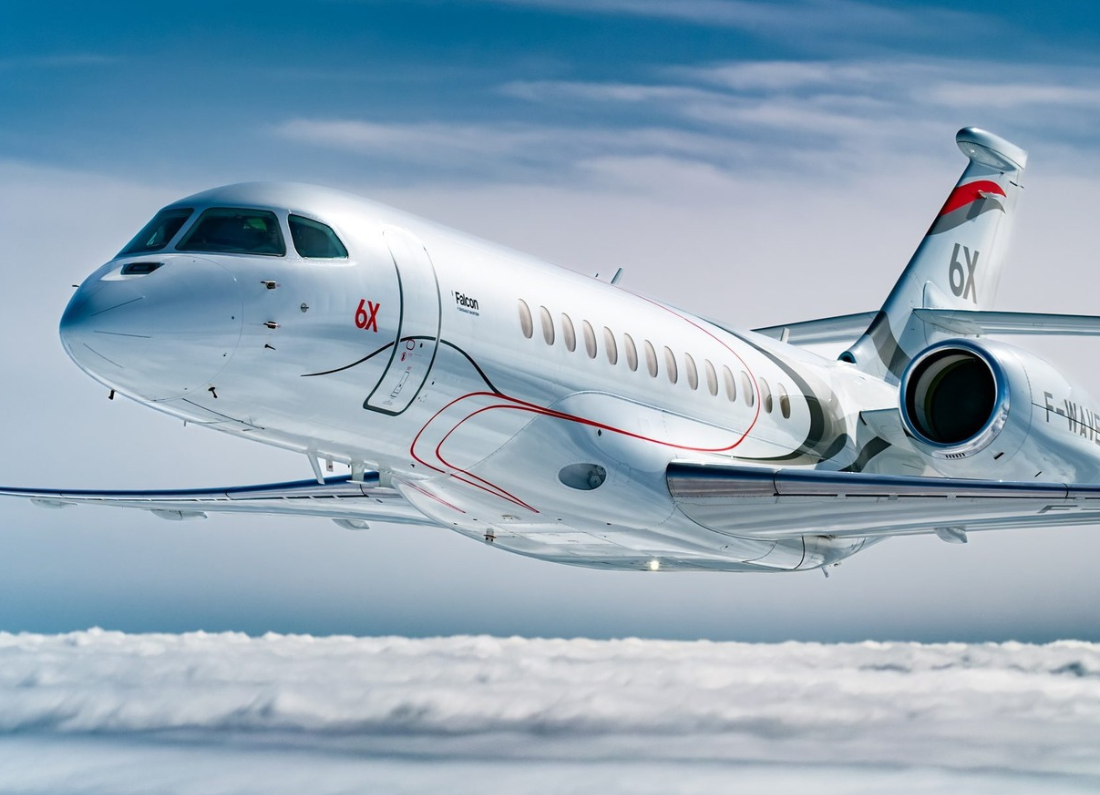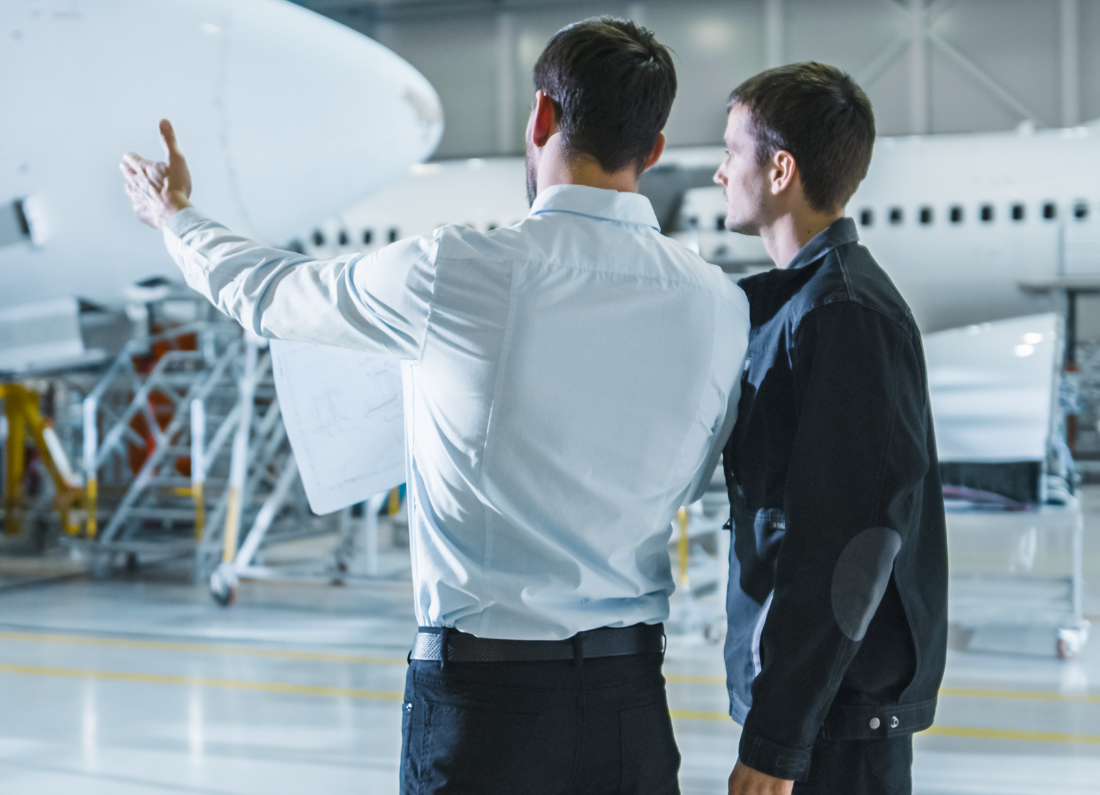How Ground Conditions, Infrastructure, and Operations Safeguard Every Flight
Aviation safety does not merely commence in the skies; it fundamentally begins on the ground. The airport environment is instrumental in ensuring the safety of aircraft before, during, and after flight operations. Every aspect of the airport ecosystem, from runway surfaces to air traffic control (ATC) operations, plays a critical role in maintaining the safety of aircraft, passengers, and crew.
While significant attention is often directed toward aircraft design and maintenance, the importance of the airport environment as a safety factor is frequently underestimated. In reality, a meticulously maintained and efficiently operated airport serves as a frontline defense against aviation incidents, acting as the first line of protection against potential hazards.
Key Components of Airport Safety
- Runway and Taxiway Conditions
Runways are arguably the most vital infrastructure at any airport. The runway surface must be rigorously maintained and kept free of debris, cracks, standing water, or any contaminants that could lead to serious accidents, such as runway excursions or foreign object damage (FOD). Regular inspections, friction testing to gauge the coefficient of friction, and timely maintenance are essential practices. Runway safety areas—clear zones at either end of the runway designed to reduce the risk of damage in the event of an aircraft overrun—are also critical for enhancing safety. - Air Traffic Control (ATC) Operations
The control tower serves as the nerve center of airport safety, where highly trained ATC personnel are responsible for managing the movements of aircraft both on the ground and within the surrounding airspace. Their precise coordination is vital in preventing runway incursions, mid-air conflicts, and ground collisions. Advanced systems such as surface movement radar, automatic dependent surveillance-broadcast (ADS-B), and state-of-the-art ground surveillance systems significantly enhance ATC’s capability to maintain safe operations, even in adverse weather conditions or low visibility situations. - Lighting and Signage
Adequate and clearly defined lighting and signage on runways, taxiways, and aprons are crucial for pilots to navigate the airport safely, especially during nighttime operations or inclement weather. Essential components such as runway edge lights, approach lighting systems, and taxiway guidance signs must be maintained to high visibility standards at all times. An effective lighting system not only aids navigation but also plays a pivotal role in accident prevention. - Wildlife and Bird Hazard Management
Bird strikes pose a significant threat to aircraft safety, particularly during critical phases of flight such as takeoff and landing. To address this issue, airports must implement comprehensive Wildlife Hazard Management Programs. These programs include methods for habitat control to minimize attractants, various bird dispersal techniques, and radar detection systems designed to monitor and mitigate wildlife hazards effectively. Continuous monitoring and proactive measures are essential to reduce the risk of bird strikes. - Security and Access Control
Maintaining a secure airport environment is vital for reducing the risks associated with unauthorized access, sabotage, or potential acts of terrorism. The implementation of strict perimeter fencing, advanced surveillance systems, and controlled access points ensures a safe operating environment for both aircraft and personnel. Regular drills and updates to security protocols are crucial in preparing staff for any potential security threats. - Weather Monitoring and Response
Adverse weather conditions—such as thick fog, heavy snowfall, icy runways, or torrential rain—can severely impact airport safety and operational efficiency. Modern airports are equipped with sophisticated meteorological systems that provide real-time data on weather conditions, allowing for timely decision-making. Rapid response teams are on standby to conduct snow removal, de-icing of aircraft, and runway treatment to ensure safe operating conditions throughout changing weather scenarios. - Emergency Services and Preparedness
Airports must have well-equipped fire and rescue services, state-of-the-art medical facilities, and well-rehearsed emergency response plans in place. In the event of an incident, a rapid and coordinated response can save lives and mitigate additional risks—underscoring the importance of comprehensive training and simulations for emergency personnel.
Case Study: Runway Excursion Prevention
Aviation safety research has shown that many accidents occur during landing or takeoff due to factors such as wet runways, inadequate braking action, or insufficient runway length. Airports that invest in proper runway maintenance programs, engineered materials arrestor systems (EMAS) for runway overrun situations, and advanced warning systems significantly reduce these risks. An example is the successful implementation of EMAS at several major airports, which has notably decreased the occurrence of runway excursions.
The Human Factor
While technology and infrastructure are vital components of airport safety, the role of trained personnel cannot be overlooked. Airport personnel, including inspectors, ground staff, air traffic controllers, and wildlife controllers, are essential in maintaining a safe operating environment. Continuous training, regular drills, and strict adherence to established safety protocols ensure that human error is minimized, thereby enhancing overall safety
An aircraft can be technologically advanced and meticulously maintained; however, without a secure and efficient airport environment, its safety cannot be assured. Airports are not merely transit points; they are intricate and dynamic systems where attention to detail matters significantly. The future of aviation safety relies not only on advancements in aircraft engineering but also on the ongoing improvement of airport infrastructure, operational protocols, and safety culture. As global air traffic continues to grow, investing in safer, smarter, and more resilient airport environments is essential to guarantee that every journey begins and ends safely.











